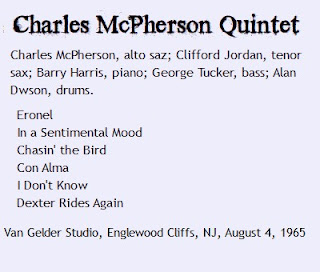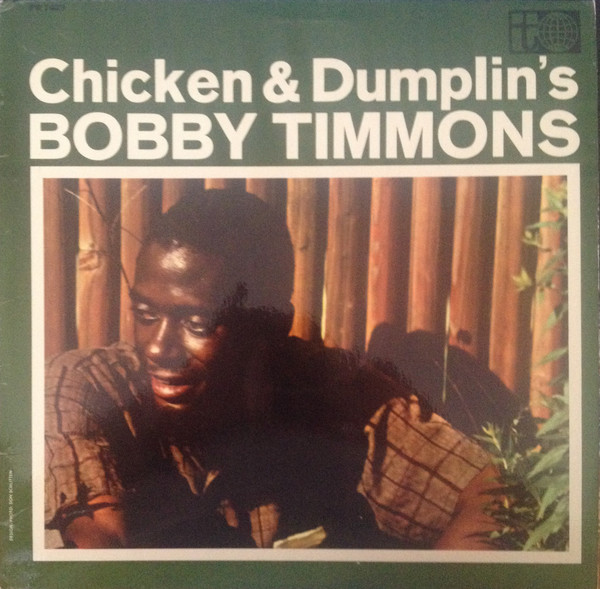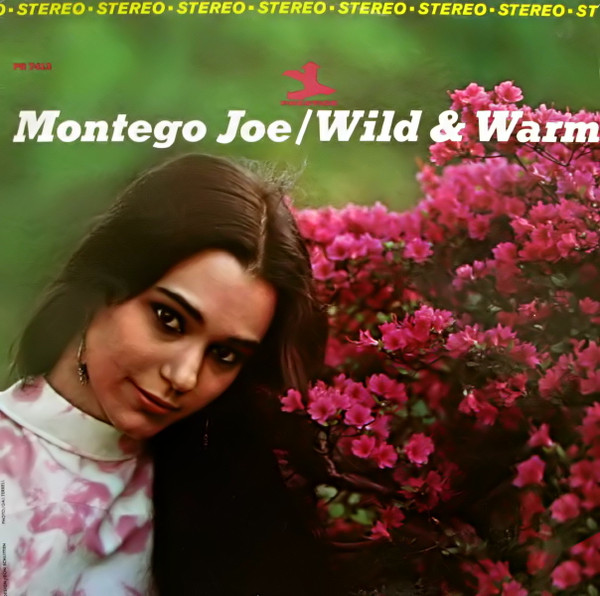Listening to Prestige: Chronicling Its Classic Jazz Recordings, 1949–1972, my history of Prestige Records, will be published in January 2026. Order in advance from Amazon or through your local independent bookstore.
LISTEN TO ONE: Madison Avenue
If this seems reminiscent of Miles Davis’s Contractual Marathon sessions, that’s because it’s supposed to. That is to say:
First: The Baker sessions are nothing like the Davis sessions.
Second: They were absolutely marketed to mimic the Davis sessions.
Why are they nothing like?
The Davis Contractual Marathon sessions are actual Prestige recording sessions, supervised by Bob Weinstock, recorded at Rudy Van Gelder’s studio in Hackensack. The Baker sessions were recorded somewhere or other, supervised by Richard Carpenter, and licensed to Prestige.
 |
The Davis Contractual Marathon sessions were recorded in three sessions over the better part of a year: November 1955, May 1956 and October 1956. The first was solid six-tune session, a good day’s work by most standards. The second and third were something else again: two full days of work, with eight tunes in May and 12 in October. But this was a half-marathon at best, compared to the Baker sessions – 32 tunes in three days, all in the same week.
The Davis sessions utilized his newly formed ensemble that came to be known as the First Quintet, one of jazz’s greatest groups, with their leader at a creative peak. The marathon nature of the sessions was necessitated by Davis’s new contract with Columbia Records, which couldn’t take effect until he had fulfilled his obligation to Prestige. The Baker sessions featured four excellent musicians who had been gigging together when they could get work, with their leader at a low ebb creatively and reputationally. He still had a name with drawing power, but he was associated with the West Coast school which was pretty much passé by 1965. And heroin had left him such a wreck that a marathon may have seemed a good idea—who knew how much longer he’d he around? In fact, a couple of years later he was badly beaten in a drug-related incident, destroying his embouchure. He did gradually relearn the trumpet, and make a comeback of sorts. I saw him in a small club in New York in 1978; he played sitting down, and while he had some nice musical ideas, there was no energy at all.
Davis had to make a lot of music in a short time, so he and his group relied on standards. It was music that they knew how to play, but they were great tunes, and Davis had an unparalleled way with ballads. Baker had to make a hell of a lot of music in a very short time, so he and his group relied on…the Richard Carpenter songbook? But there was no Richard Carpenter songbook. Or rather, there was, but it was amassed in an unorthodox way, by Carpenter erasing the name of the actual composer, substituting his own, and submitting it for copyright that way. The Chet Baker sessions featured a bunch of skilled hard bop professionals, who knew how to improvise on a riff or a standard blues lick, and with a tape recorder running, and a nimble finger on the “composed by” line of the lead sheet…that Richard Carpenter, he sure can write!
The standards Miles Davis recorded meant royalties to the composers. The “Richard
Carpenter”compositions…well…
And how is the music? Well, it’s pointless to compare it to Miles Davis’s marathon, so we won’t try.
The music holds up very well. Baker, after this session was completed, returned to the scene of his former glory, the West Coast and World Pacific Records, to make some 1950s-style West Coast jazz recordings that lacked inspiration and were later dismissed by Baker himself as “a job to pay the rent.”
But these are New York musicians, some of the best working in New York at the time; and hard bop, as a genre, has proven to wear better over the years than the West Coast sound. This might better be described as a George Coleman-Kirk Lightsey group, with special guest Chet Baker. Coleman and Lightsey play some solid jazz throughout. Baker sometimes lags a bit, but mostly he shows that he can play hard bop and adapt it to his style.
The Baker-Coleman-Lightsey sessions were released as Smokin’ with…Groovin’ with…Comin’ on with… starting to sound familiar? It’s not hard to imagine Richard Carpenter’s sales pitch to Bob Weinstock -- "Here’s a big batch of hard‑bop, quintet Chet – with the right kind of marketing, you could have another Miles Davis marathon."
It didn’t work. The Baker recordings sank without a trace. Down Beat doesn’t seem to have reviewed any of them – they’re not even mentioned in Billboard. Prestige was releasing a lot of product in the late 1960s – earlier recordings by artists who had moved on, stuff that had been sitting in their vaults. And Baker wasn’t a real Prestige artist – just a guy passing through on his way from his real home in Europe to his real home on the West Coast.
You can find them now on YouTube, but the albums didn’t get much distribution, and the only CD reissues were in Europe. Too bad. They’re worth seeking out on YouTube, partly as sort of a curiosity – yes, Chet Baker really could play hard bop! – but mostly for some outstanding work by George Coleman and Kirk Lightsey, a couple of musicians who deserve much more acclaim than they have ever gotten, especially Lightsey.













